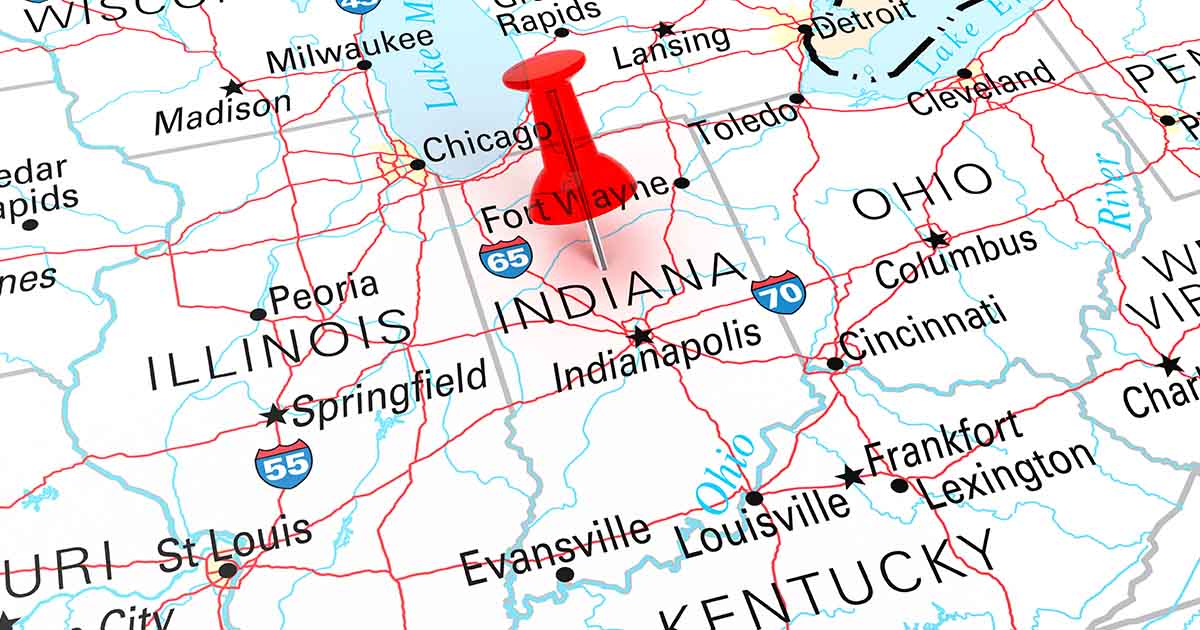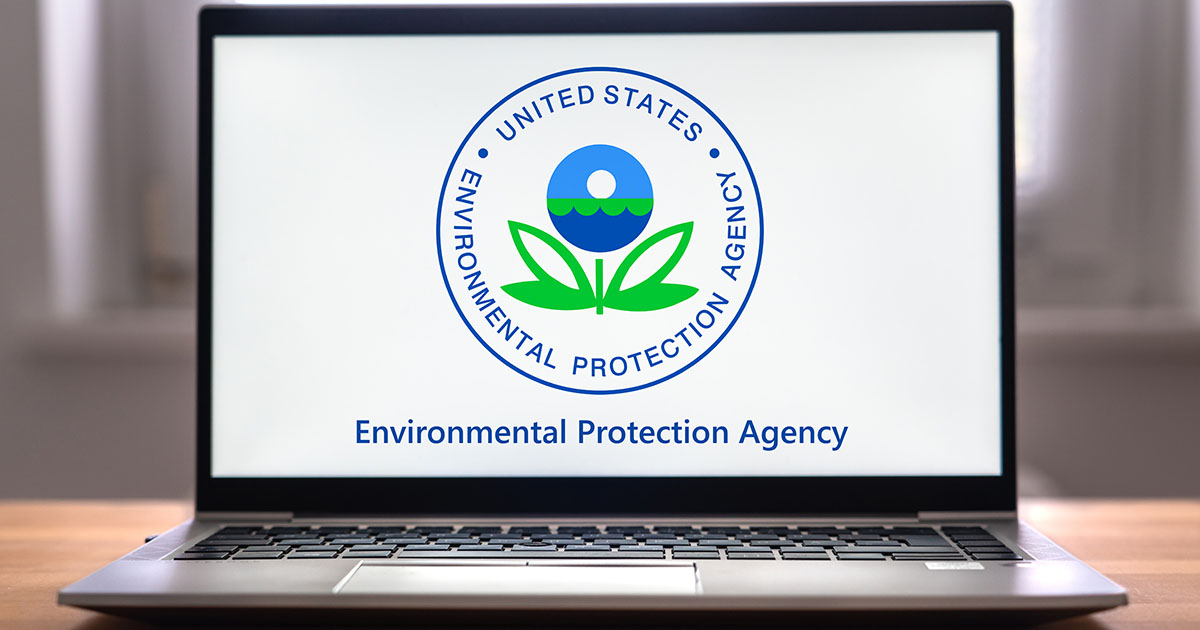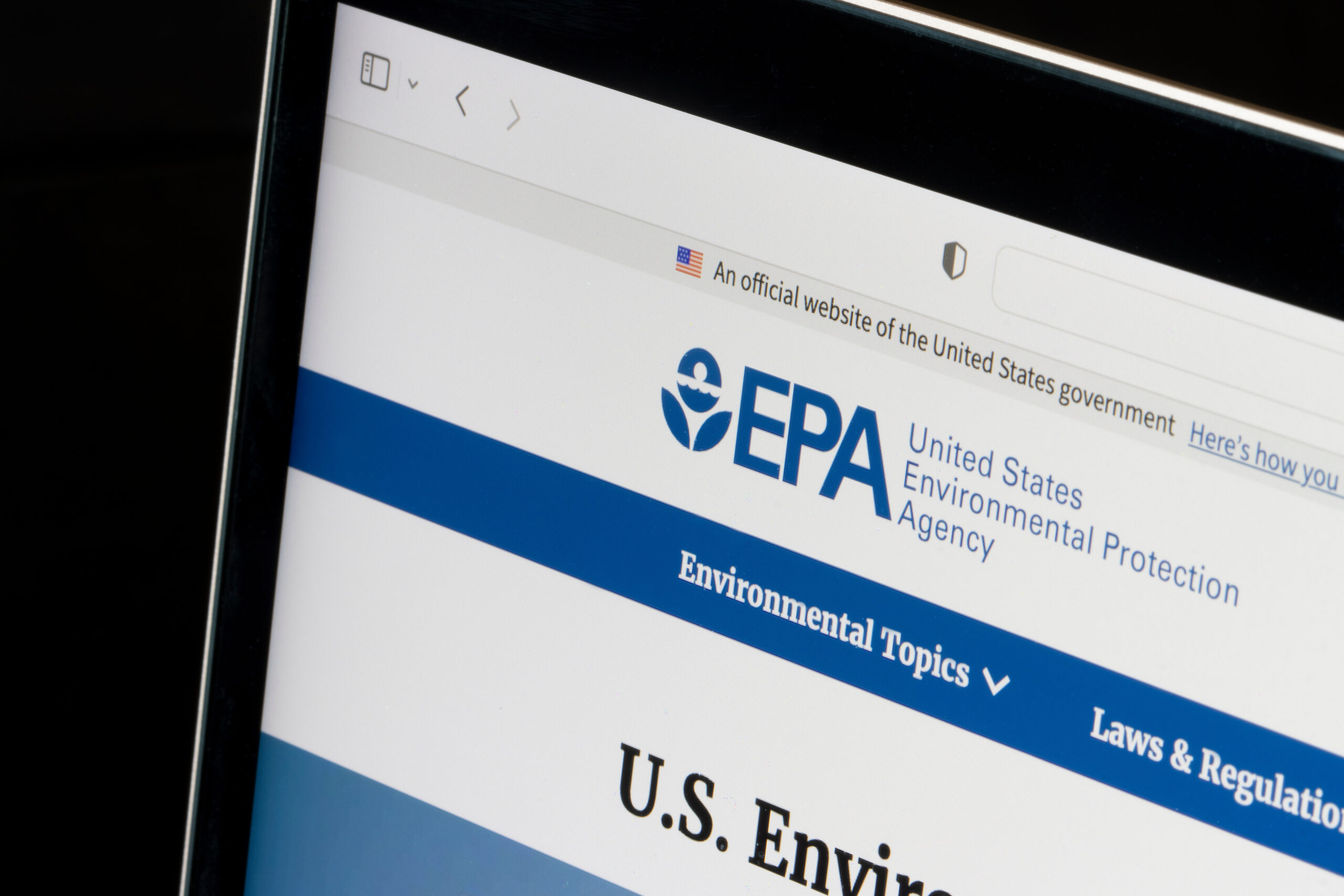Written by Stephen Henshaw, P.G., President & CEO, EnviroForensics
As seen in the October 2013 issue of Cleaner and Launderer
Over the years, environmental regulations have gotten more and more restrictive. The permissible levels of chlorinated solvents in groundwater, soil and indoor air continue to be pushed lower. While the acceptable level of PCE in indoor air was actually increased by the federal government, the acceptable level of TCE (a breakdown product of PCE) was drastically lowered, which has resulted in an increase of Sites posing a public health risk. It is the vapors, which contain volatile organic compounds from releases of cleaning solvents or gasoline, which is posing the greatest risk to people living or working near the Sites where the contaminants were released. The regulatory requirement to evaluate the fate and distribution of these contaminated vapors into homes, apartments, schools, and businesses is raising the publics concern and could create the perception of risk and with those perceptions associated concerns and fears of health effects.
Nowhere is this perception of risk greater than when a release of PCE has resulted in vapors, exhibiting elevated levels of chlorinated solvents, entering schools, daycares, health clinics or offices where pregnant women may be present.
To be sure, these concerns need to be taken seriously. While there are situations where a release from a dry cleaner or manufacturing facility requires monitoring of houses, schools and buildings across entire neighborhoods, most of the situations require monitoring only those houses or buildings that are immediately adjacent to the Site where the release originated.
The purpose of this article is to convey how important it is to get in front of and stay in front of the dissemination of information that may create a perception or concern of human health risks.
The first thing you need to know is that if your Site has contamination, monitoring neighboring Sites for vapor intrusion will likely be required. If your Site requires off-site vapor intrusion monitoring of neighboring homes, schools or businesses, you should have a Communications Plan in place. A Communications Plan could be a simple document that presents the process of requesting site access to off-site buildings, notifying the owners or tenants of the results, and establishing timelines for actions should vapor intrusion exist.
In situations where the vapor intrusion monitoring will be expanded to homes and buildings located several parcels from the Site where the release occurred, a more formal Communications Plan is suggested. If a drycleaner has a strong, proactive Communications Plan, more often than not, the drycleaner can stay in front of an over-hyped situation and manage the issue with minimal public outcry or negative public perception about their business. Most importantly, the business can avoid a costly lawsuit.
I want to tell you this because I have seen firsthand the negative backlash when companies responsible for contamination have tried to hide the facts, slow down the cleanup process for fear of creating a poor public image, or have not included the public in the vapor intrusion monitoring and mitigation process. I believe that having an effective Communications Plan is essential when dealing with problems where health risks exist to people living or working at locations affected by contaminant vapors.
There are several things that an effective Communications Plan should have. These include:
-Establishing the protocol of informing off-site property owners and occupants of the sampling results,
-Approaching off-site property owners and occupants to inform them of the process being undertaken and request access to their property or building to conduct additional sampling,
-Sharing the results with the parties,
-Explaining any existing exposure concerns,
-Proposing any necessary exposure mitigation or elimination measures that would be undertaken to protect the affected people.
Because most people do not understand the true toxicological issues associated with risk, there could be misinformation in the general public. As the company responsible for the environmental problem you do not want to minimize concerns, even if you do not agree that a risk exists. Because there is a perception of a health risk, your Communications Plan needs to be implemented by a team that has a strong technical understanding of how risk calculations are conducted, and what those results mean.
A Communications Plan should focus on prompt communications and providing opportunities for individual discussions between the parties at risk and a technical expert and/or regulator. We have utilized letters, flyers, door-to-door meetings, public meetings and Open-house format meetings. The open-house format has worked well when dealing with a large group of affected property owners since it allows for formal presentation of information, through the use of posters and flyers, to be coupled with opportunities for one-on-one meetings with technical, regulatory or health officials. Whenever possible, it is good to have a regulator involved with the consulting team because it adds a layer of trust. While not everyone is going to trust a government regulator, it is safe to assume that they would be less trusting of a consultant working for the company that caused the contamination.
In our experience, if you can stay out in front of the community, be forthright and transparent, lawsuit or media hype can be avoided. This approach minimizes risk to potentially exposed parties by providing accurate and timely information as soon as it is available. This approach also minimizes liability risk for the responsible party, who are reacting to potential health concerns as soon as they are aware, and are not perceived by individuals or the media as being calculating, evasive or strategic in their response.
Something to keep in mind is that vapor intrusion monitoring results can vary from time to time. If the vapor intrusion results are only marginally above the established risk levels it is important to resample buildings and homes to confirm whether or not vapor intrusion actually exists.
Depending on the number of buildings where vapors exceed the risk-based levels it may be a good decision to mitigate the vapor intrusion in these buildings immediately. This process might include installing sub-slab depressurization systems (SSDSs) in the affected buildings. Another approach could be to force a greater volume of air through the building to minimize vapors from entering the buildings. The cost to install an effective SSDS in a home is in the $6,500 range and while this is not inexpensive, it is a lot less expensive than litigation, media hype and bad press. In some instances it may be less expensive to install a Soil Vapor Extraction system that will remove contaminants from the unsaturated zone thereby mitigating vapor intrusion in neighboring buildings.
In closing, I want to stress my belief that being proactive, honest and transparent is the best approach when facing the perception of risk to neighbors. Being up front and proactive takes courage and can be uncomfortable, but in my years in this industry, I have seen much better results when a responsible party has an effective Communications Plan and stays in front of the problem. Vapor mitigation is relatively easy to accomplish and considerably less complicated or costly than remediating soil and groundwater. By implementing vapor mitigation measures exposures to the vapors are abated. You may not be able to control the past, but you can control the present and it starts with being proactive.
With 30 years of experience, Mr. Henshaw holds professional geology registrations in numerous states. As President and CEO of EnviroForensics, Mr. Henshaw serves as a client and technical manager on projects associated with site characterization, remedial design, remedial implementation and operation, litigation support and insurance coverage matters. He has acted as Project Manager or Client Manager on several hundred projects, involving dry cleaners, manufacturers, landfills, refineries, foundries, metal plating shops, food processors, wood treating facilities, chemical blenders, and transportation facilities.
Mr. Henshaw has built a leading edge environmental engineering company that specializes in finding the funding to pay for environmental liabilities. By combining responsible party searches with insurance archeology investigations, EnviroForensics has been successful at remediating and closing sites for property owners and small business owners across the country, with minimal capital outlay from clients.
He is a regular contributing writer for several dry cleaning trade publications on environmental and regulatory issues and remains active with dry cleaning associations by providing insight on changes in law and policy.



